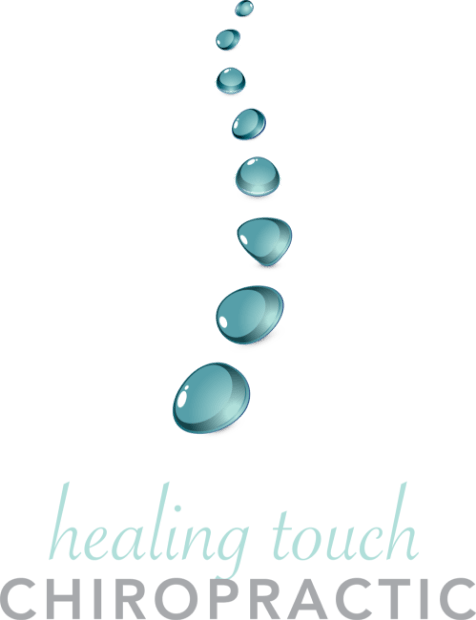Developed over two millennia ago, Acupuncture continues to provide healing and relief in modern day society. In dramatic style across the globe, Acupuncture and Oriental herbalism are now used as an international method of healing. Rooted in East Asia, the practices of Eastern medicine have become as commonplace in the United States as in China. Chinese medicine is an intelligible and fully functioning system of treatment developed over thousands of years of critical thinking, clinical observation, and challenge. The perception of ease and disease are rooted in the logic and philosophy of an ancient group of people completely distant to our own.
The foundation of Oriental medicine’s logic is grounded in the theory of a part being understood only in its relation to the whole. Henceforth is the meaning found within the symbol of Yin and Yang. When treating with Chinese medicine, patients symptoms are taken into consideration as are other general characteristics. This includes complete physiologic and mental state of the person. The purpose of such broad intake is to form “a pattern of disharmony”. In almost lyrical fashion, Oriental diagnosis is less about discovering a precise diagnosis and more about working on the flexible narrative of a total presence. Interest of exact cause or answer of cause and effect is secondary. After all, how does a literal label of diagnosis aid in the actions of care anyways?
The practice of Acupuncture involves the use of fine needles inserted along various points on the body. Acupuncture points commonly used during treatment are found on the twelve main channels of energy movement. These channels are also known as meridians, and meridians are classified by organ (i.e. The Lung Meridian, The Gallbladder Channel). They are not physical vessels, but an unseen matrix for the network of qi (energy) and blood used to unify the body. Meridian pathways link inside of the body with the outside world. “This is the basis of Acupuncture theory, that working with points on the surface of the body will affect what goes on inside the body, because it affects the activity of textures that are traveling through the Meridians.” Ken J. Kaptchuk, The Web That Has No Weaver, p. 106.
It is my opinion finding therapeutic Acupuncture points should revolve around a working discovery of disharmonious meridians. Correct identification of an unbalanced meridian is found via inspection, listening to the patient, asking location and depth of discomfort, and feeling for areas of tenderness along the Meridians of suspect. Once correct diagnosis is found, I proceed in determination of treatment based on Richard Teh-Fu Tan’s Balancing Method and Traditional Chinese Medicine. I feel this approach of care both acknowledges and utilizes different dynamics found in established Meridian pairs. Dynamics of Meridians includes organ condition, characteristics of Yin and Yang, anatomic location of complaint, orders of Meridian flow, and hand and foot associations.
The actual treatment an individual needs can only be determined after the discovery of affected meridians are established and a method of correct treatment is determined. Single use, sterile needles are inserted into the skin along the appropriate Acupuncture points. Point locations can range from the tips of your toes to the top of your head. I prefer to treat with points found along one’s upper and lower limbs, ears, and occasionally face and head region. Duration of treatment is dependent on the complexities of the patient’s health, their goals, and my clinical judgment.
Acupuncture and other practices of Eastern Medicine are over 2,000 years old. Yet the impact of Oriental medicine for conditions ranging from low back pain to constipation and beyond can be found in studies ranging from Harvard to the National Institutes of Health. It truly amazes me how practical and relevant Acupuncture remains in current healthcare.
Dr. Abbie Parrish
